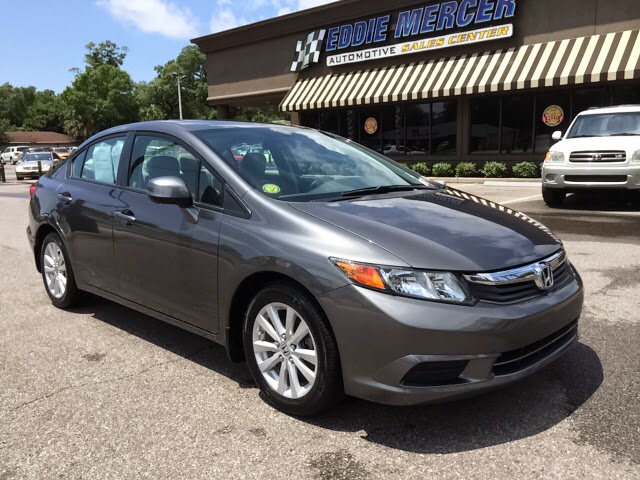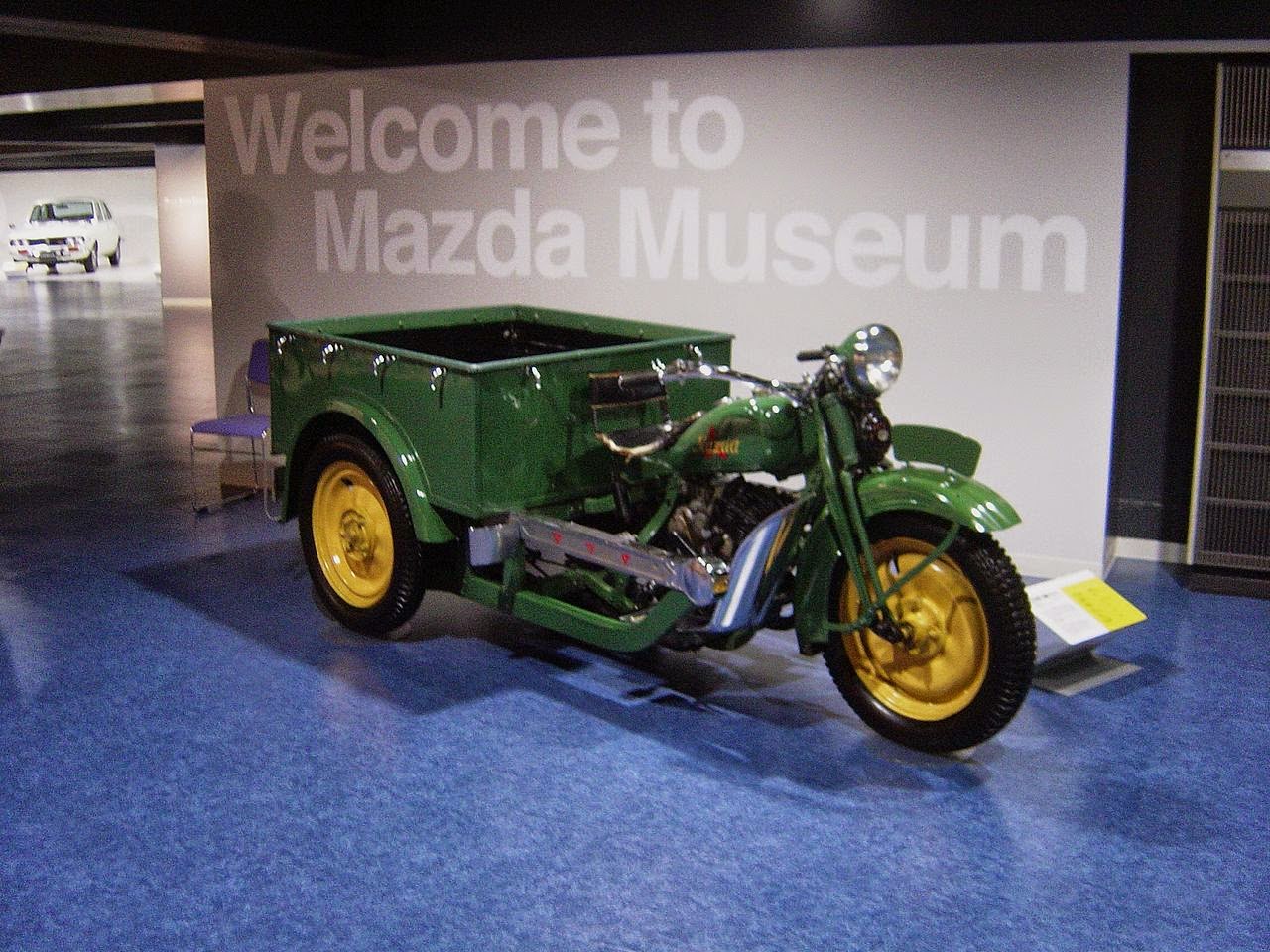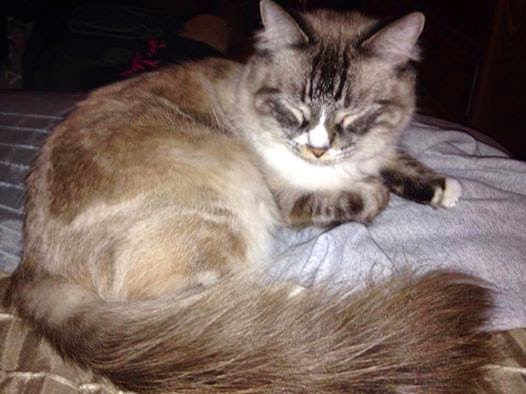For four decades, the Ford Model T
(1908-1927) held the record for world car production. Between 1972 and 1973, the Volkswagen Beetle broke it.
 |
| Volkswagen Logo |
Volkswagen is currently the top German
automobile manufacturer and second in the world behind General
Motors. The company was originally founded by the German Labour
Front, a Nazi trade union. At the time it was introduced, Germany's
car market was almost entirely luxury vehicles and only motorcycles
were cheap enough for the public to afford. One out of 50 Germans
owned a car. A car for the people was demanded.
 |
| 1939 Volkswagen Beetle Prototype |
However, Volkswagen couldn't make it
for the low cost Hitler was calling for, so Hitler developed a
savings plan. A customer would put in 5 marks a week and the
government would give them a car when they saved enough. 336,000
people took part in this program and all of them lost their savings
in 1945 when Berlin was seized by Russia.
The Beetle was developed for this
program but only a few were made before 1939, at the start of World
War II. None could be delivered to the customers partaking in the
savings plan. During the war, they switched to military vehicles and
were mostly commonly known for the Bucket Car utility vehicle. Common
to many German companies during the war, Volkswagen did employ slave
labor, taken from the concentration camps.
 |
| Volkswagen Kubelwagen |
The factory was completely bombed in
1945 and captured by American forces. They handed it to the British
and they placed British Army officer Major Ivan Hirst, REME in
charge. Hirst would be credited with saving the company from
destruction. He first used the factories for military vehicle
maintenance. Soon after though, he pained one of the cars green and
showed his Army superiors. They were in need of small cars and placed
an order for 20,000. They were given to personnel and the German Post
Office. When Britain left Germany, some of them took their Beetles.
 |
| 1946 Volkwagen Beetle |
In 1946, Hirst's Volkswagen was
producing a thousand cars a month. It's funny because the factory was
still damaged and they actually had to trade some of their new cars
for steel to continue production. Hirst went on to offer the factory
to several car companies around the world, but they laughed in his
face at the Beetles' design. They claimed it would fail, it wasn't
worth a damn, and he was a fool. Volkswagen would go on to become a
large part of Germany's economic recovery. Hirst would leave the
company in 1949 as the West Germany government took control.
Volkswagens were first sold in the
United States in 1949 but only two units were sold. In 1955, it rose
sharply to one million Beetles sold. Although it is constantly called
a Beetle or a Bug, it was never actually called that officially by
the company. It had always really been called “Type 1”. In 1973,
16 million beetles were produced and Volkswagen could claim the world
production record for most produced single car make in history.
During this time, the company expanded and bought the Audi company.
 |
| 1972 Volkswagen Beetle |
However, Volkswagen ran into trouble in
1973 when Beetle sales declined. This was when their purchase of Audi
really came in handy, as that company's technology saved Volkswagen.
In the next few years, their designs became very similar to other
European vehicles.
Volkswagen continues to grow, expand,
and buy new companies and introduce new models. In 2012, the Passat
NMW won the 2012 Motor Trend Car of the Year.
Sources: Wikipedia, http://en.wikipedia.org/wiki/Volkswagen, http://en.wikipedia.org/wiki/Volkswagen_beetle; How Stuff Works http://auto.howstuffworks.com/1945-1959-volkswagen-beetle1.htm; Phil Seed's Virtual Car Museum, http://www.philseed.com/taxonomy/term/65; Dirmalta, http://www.dirmalta.com/item/volkswagen-malta/; Old Trucks and Pictures, http://oldcarandtruckpictures.com/VW/




















































